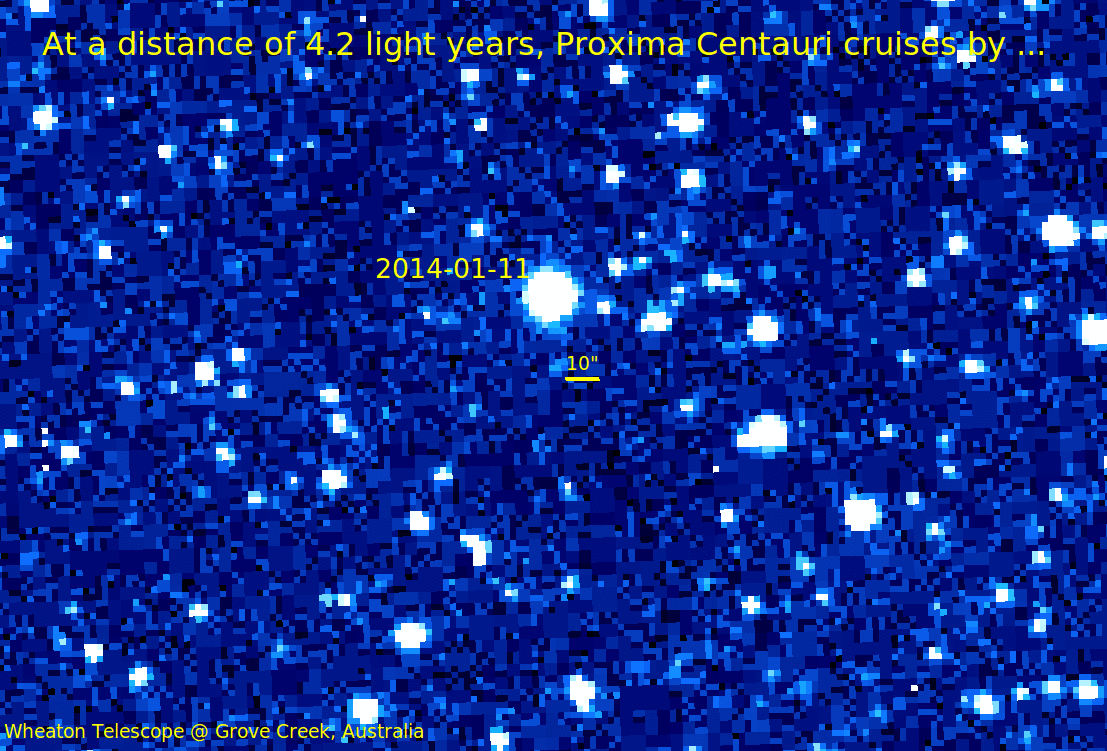A stellar neighbor
You may not have had the chance to meet our neighbor, Proxima Centauri, but Wheaton astronomers know it well.
Assistant Professor of Astronomy Dipankar Maitra and his students have been studying the closest star to Earth for the past two years, using the college’s telescope at the Grove Creek Observatory in Australia.
Interest in Proxima Centauri spiked recently with the announcement that astronomers have detected a planet in the habitable zone—meaning that water could exist in liquid form there—of the red dwarf star. In writing about the discovery, the Boston Herald noted that Professor Maitra and students focus some of their research on the star. “It’s very exciting,” the professor said.
“Being the closest known star, Proxima Centauri had always been an object of interest to astronomers,” Professor Maitra said. “Our research project aims to figure out the motion of the star very accurately.”
Proxima Centauri is located 4.2 light years, or 25 trillion miles, from Earth, which is considered close by cosmic standards. Until recently, astronomers had not been able to find planets orbiting the star. In fact, they have not been able to observe the newly discovered planet directly. Rather, it was detected by studying the star; variations in its light signal the planet’s presence, size and location.
Wheaton’s telescope installation at Grove Creek Observatory was established in 2003 under the direction of Professor of Astronomy Emeritus Tim Barker, who has used data from the facility for two research papers. The instrument has been replaced several times over the years and is slated for an upgrade this fall.
The telescope, which is operated from the Wheaton campus via the Internet, offers students and faculty the ability to study parts of the sky that are not visible from the Northeast. It is used for several research projects. In addition, data from the telescope are used in observational astronomy classes.

